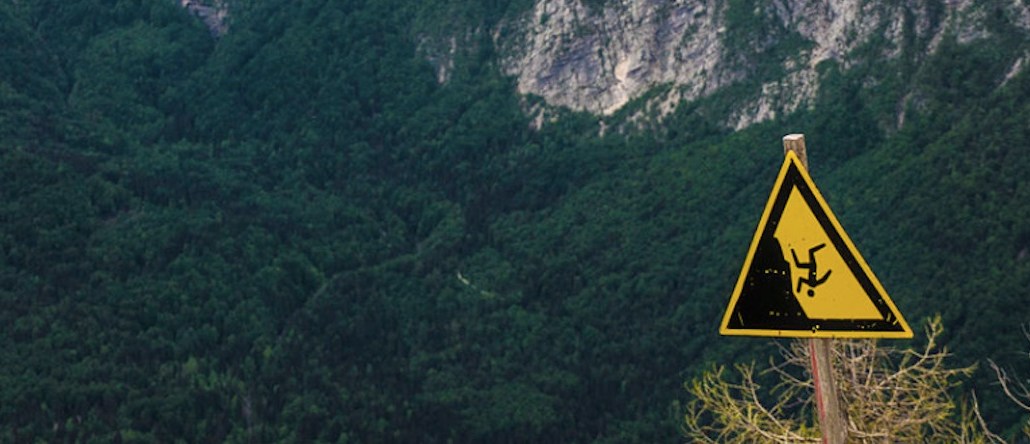
Publishers are finding short-form video viewing figures on Facebook have plummeted as more content creators battle for space in the news feed.
Over six months ago a well-performing video from The Sun would fetch 250,000 views; now it’s lucky to get over 100,000. In 2016, The Telegraph was getting over 10 million Facebook views a week for 70 videos; now it’s under 5 million.
“It’s questionable whether any reduction in views is down to saturation, algorithm changes or changes in content,” said The Telegraph’s head of social, James Carson. “We have changed our approach from being concerned with a big number of views to using video to grow focused secondary pages, and this has been working well.”
“There’s an explosion of content and finite time,” said Nic Newman, author of the Reuters Journalism, Media and Technology Trends and Predictions 2017 report. “As soon as everyone gets involved, the rate goes down and Facebook can’t sustain it, so it has to downgrade other things. It’s a point of emphasis rather than a massive switch off. Many publishers will be trading off with what they are doing in Facebook Live.”
Facebook Live videos also tend to be longer, with Facebook itself advising that the videos last at least five minutes. But conventional wisdom would dictate that longer videos have a higher drop-off rate.
“The real test for publishers this year will be getting duration up,” said Derek Brown, head of video at News UK, publisher of The Sun. It’s publishing more videos that run down a list, like the 10 best spoof films of all time, to keep viewers engaged. The first of these, a paid-for video for Sky Cinema, ran in December, and duration rate doubled, although Brown declined to say from what base.
“With the introduction of mid-roll, I wouldn’t be surprised if Facebook starts prioritizing 90-second-long videos in the news feed,” he added. (Facebook has set a 90-second minimum length for videos to include mid-roll).
As such, Brown has instructed his video team, which only produced 60-second videos, to work to the new 90-second length. “The offshoot could be that videos are no longer front-loaded with content.”
Not everyone has noticed a decline in short-form views: a representative from Lad Bible said it hadn’t noticed a negative effect on video performance across its portfolio.
“We’ve definitely seen a marginal shift away from short form videos toward longer-form content. The disposable, meme-based content that used to fly isn’t reaching as many as it used to,” said Will Hayward, CEO of JOE Media. “On the other hand, longer-form, original content that we used to worry was too ‘smart’ for Facebook right now seems to be doing better than ever. I’m still convinced that the long-term objective of Facebook is to start taking share of time from TV.”
“The message is that if you don’t improve your product and try new things, you’ll fall behind,” said Ziad Ramley, producer, online at Al Jazeera English. “That’s the nature of the industry. It just happens on shorter timescales on Facebook.”
Image: Courtesy of Tom Mrazek, at Flickr.
More in Future of TV

‘A year of loose ends’: Digiday editors share top takeaways from 2025
This year was filled with major developments – from Netflix’s planned WBD deal to Omnicom’s acquisition of IPG to Google’s ultimately cookie reversal – and Digiday editors Sara Jerde and Seb Joseph help to recap the year that was (and wasn’t).

Future of TV Briefing: How the future of TV shaped up in 2025
This week’s Future of TV Briefing looks back at the top topics and trends that overtook the TV, streaming and digital video industries in 2025.

Programmatic agency execs speak out on CTV transparency
At the recent Digiday Programmatic Marketing Summit, agency executives spoke out — on stage and in behind-closed-door town hall sessions — on how they see transparency in CTV.





